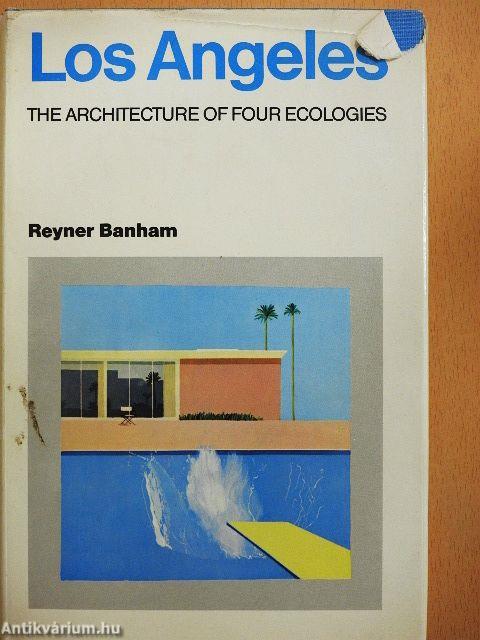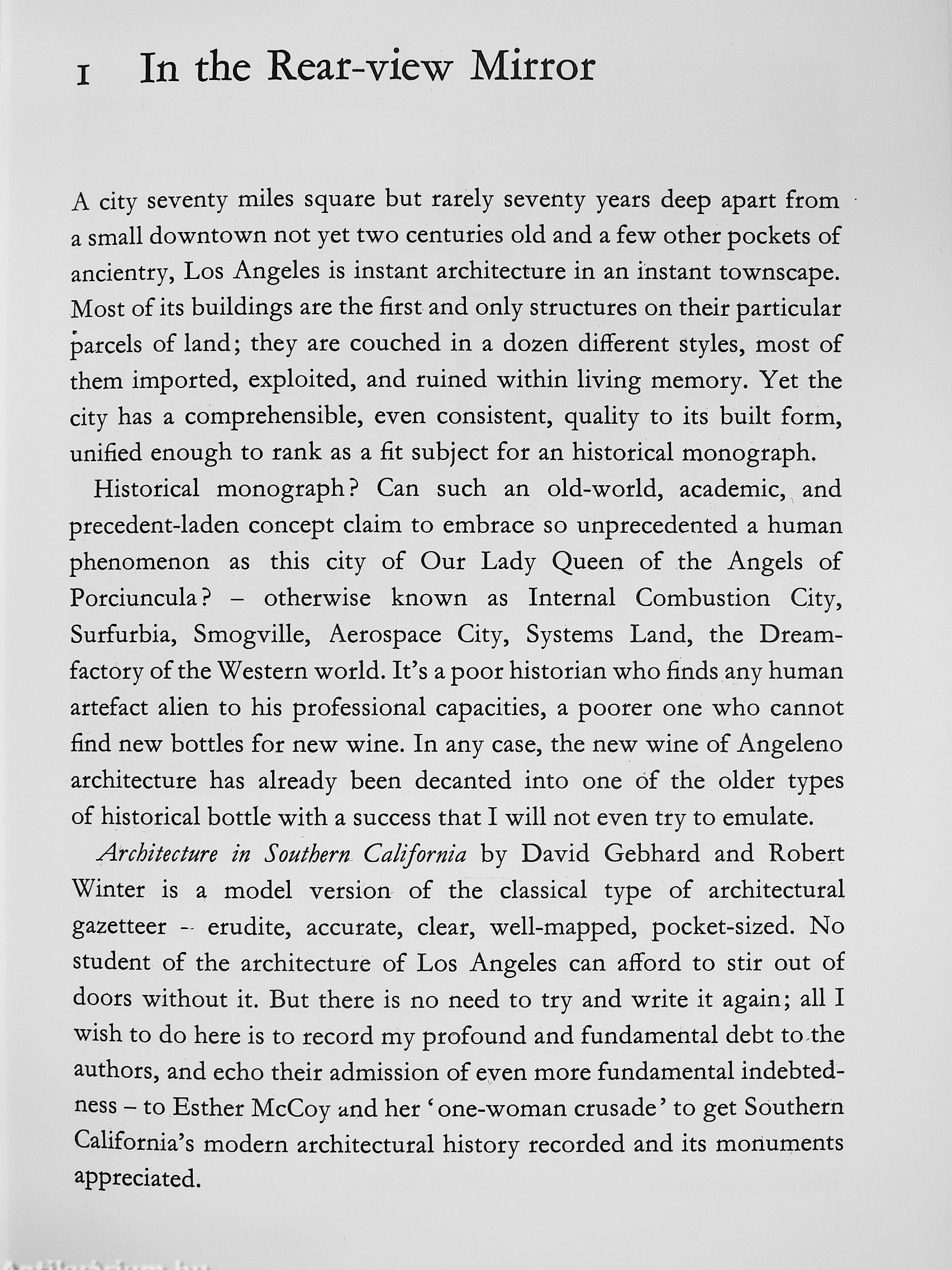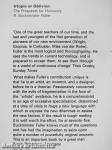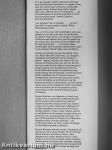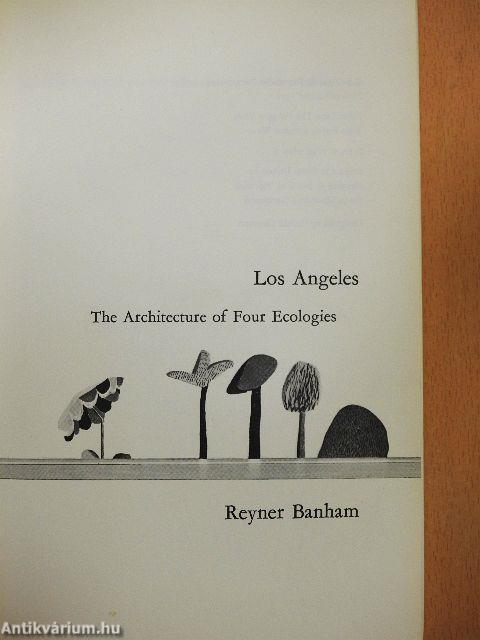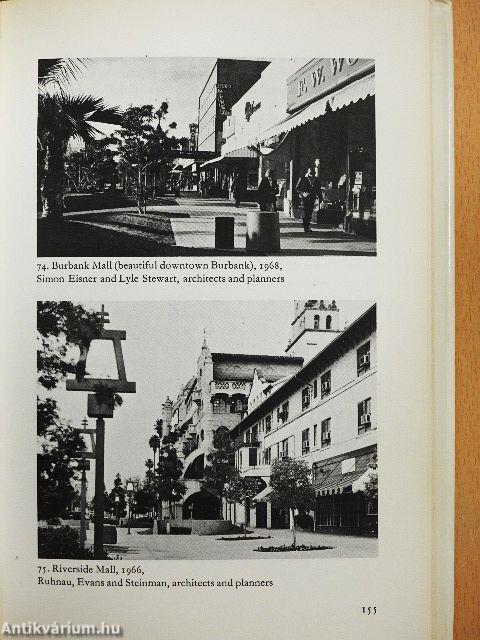1.103.846
kiadvánnyal nyújtjuk Magyarország legnagyobb antikvár könyv-kínálatát

VISSZA
A TETEJÉRE
JAVASLATOKÉszre-
vételek
Los Angeles
The Architecture of Four Ecologies
| Kiadó: | Allen Lane The Penguin Press |
|---|---|
| Kiadás helye: | London |
| Kiadás éve: | |
| Kötés típusa: | Vászon |
| Oldalszám: | 256 oldal |
| Sorozatcím: | |
| Kötetszám: | |
| Nyelv: | Angol |
| Méret: | 22 cm x 15 cm |
| ISBN: | 0-7139-0209-4 |
| Megjegyzés: | További kapcsolódó személyek a kötetben. Fekete-fehér fotókkal. |
naponta értesítjük a beérkező friss
kiadványokról
naponta értesítjük a beérkező friss
kiadványokról
Előszó
TovábbFülszöveg
Utopia or Oblivion
The Prospects for Humanity R. Buckminster Fuller
'One of the great teachers of our time, and the last and youngest of the first generation of pioneers of our new environment (Wright, Gropius, le Corbusier, Mies van der Rohe), Fuller is the most logical and thoroughgoing. He sees the trends in current technology, and is prepared to accept them; to see them through to a world of continuous change' Theo Crosby, Sunday Times
'What makes Fuller's contribution unique is that he is an artist, an inventor, and a designer, before he is a theorist. Passionately concerned with the evils of fragmentation in the face of the "whole" evidence, he is a comprehensivist in an age of excessive specialization; determined at a time of crisis to forge a new language with which to express the new dilemmas or assess the new factors. If the result is tough reading it is well worth the effort, for at seventy-five Buckminster Fuller knows most of the questions and has had the... Tovább
Fülszöveg
Utopia or Oblivion
The Prospects for Humanity R. Buckminster Fuller
'One of the great teachers of our time, and the last and youngest of the first generation of pioneers of our new environment (Wright, Gropius, le Corbusier, Mies van der Rohe), Fuller is the most logical and thoroughgoing. He sees the trends in current technology, and is prepared to accept them; to see them through to a world of continuous change' Theo Crosby, Sunday Times
'What makes Fuller's contribution unique is that he is an artist, an inventor, and a designer, before he is a theorist. Passionately concerned with the evils of fragmentation in the face of the "whole" evidence, he is a comprehensivist in an age of excessive specialization; determined at a time of crisis to forge a new language with which to express the new dilemmas or assess the new factors. If the result is tough reading it is well worth the effort, for at seventy-five Buckminster Fuller knows most of the questions and has had the imagination to seize upon quite a number of powerfully original answers. This is an important book by a great man' Bryan Robertson, Spectator
'It is as though London stretched unbroken from St Albans to Southend In a tangle of ten-lane four-deck super parkways, hamburger stands, banks, topless drug stores, hippie hide-outs, Hlltons, drive-in mortuaries all shrouded below the famous blanket of acrid and corroding smog' James Cameron, Evening Standard
'Los Angeles has no weather LA has beautiful (if man-made) sunsets' Miles, International Times
'Say, isn't that your old Aunt Nabby who just passed you in the outer lane of the Berdoo at eighty? There she is, six months in Southern California and already she's got the glued-up ash-blond hair, the wrap-around shades and the tight pants and a chrome yellow Volkswagen with reversed wheels and a voom-voom exhaust' Brock Yates, Car and Driver
Almost everything one can say about LA is true. More than any other city, Los Angeles represents the fulfilment of the American dream - speed, mobility, the beach life; the chance to choose what you want to be and how you want to live without worrying about social censure. Los Angeles has given the world distinctive styles of customized cars, motorcycling and surfing gear, and Hollywood. Public buildings are of no great cultural consequence; but there are structures which no one considers as architecture, like the enormous freeway intersections, around whose ramps and curves Angelenos hurtle, only dimly aware that they are in the presence of the monuments of the world's first post-urban civilization.
Reyner Banham, an Angeleno at heart, has written here a pioneering architectural study of the seventy-mile-square city, and the historical growth process which has made it unique as a human settlement. Although LA is often dismissed as some kind of environmental disaster, it has a more creative record in architecture in the present century than any American city, except perhaps Chicago. It is part of the paradox that there is no distinctive Angeleno style of house building - yet nowhere are there so many superb buildings by top-flight domestic architects.
Reyner Banham sets the works of designers as diverse as Frank Lloyd Wright, Charles Eames, Richard Neutra and Simon Rodia (who designed the unique Watts towers) in their proper contexts of mountains, plains, beaches and freeways. He shows the complex interplay of powers and concepts that have shaped both the architecture and the human ecology that enshrines it. Vissza
Témakörök
- Idegennyelv > Idegennyelvű könyvek > Angol > Művészetek > Építészet
- Idegennyelv > Idegennyelvű könyvek > Angol > Művészetek > Művészettörténet, általános
- Művészetek > Művészettörténet általános > Kontinensek művészete > Amerika
- Művészetek > Művészettörténet általános > Idegen nyelv > Angol
- Művészetek > Művészettörténet általános > Korszakok, stílusok > XX. század > Egyéb
- Művészetek > Építészet > Korszakok, stílusok > XX. század > Egyéb
- Művészetek > Építészet > Kontinensek szerint > Amerika > Észak-Amerika
- Művészetek > Építészet > Idegen nyelv > Angol
- Művészetek > Építészet > Építészettörténet > Külföldi
Reyner Banham
Reyner Banham műveinek az Antikvarium.hu-n kapható vagy előjegyezhető listáját itt tekintheti meg: Reyner Banham könyvek, művekMegvásárolható példányok
Nincs megvásárolható példány
A könyv összes megrendelhető példánya elfogyott. Ha kívánja, előjegyezheti a könyvet, és amint a könyv egy újabb példánya elérhető lesz, értesítjük.



